If people around you aren't going anywhere, if their dreams are no bigger than hanging out on the corner, or if they're dragging you down, get rid of them. Negative people can sap your energy so fast, and they can take your dreams from you, too.
--Earvin "Magic" Johnson
As far as science goes, we all have our own dreams. For me, it's to understand the largest scales in the Universe: the most massive structures, the highest energies, and the earliest times of existence.
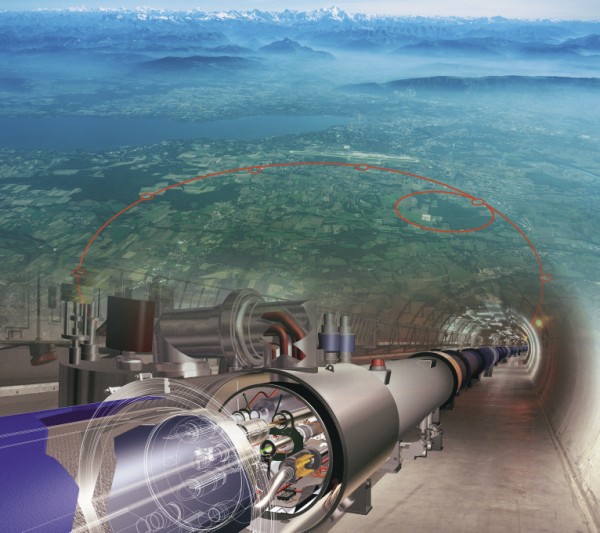
Particle physicists are also after understanding the Universe at its highest energies, and that's one of the primary goals of the Large Hadron Collider (LHC). After all, the LHC will reach the highest collision energies ever. How? By running two particles of between 5 and 7 TeV (where one TeV is 1012 electron volts, or 1012 eV) into one another, for a total available energy of up to 14 TeV, the most we've ever created in the lab. By smacking these two particles into one another, this available energy gets converted into new particles and anti-particles, which we can then look for in detectors surrounding the collision.
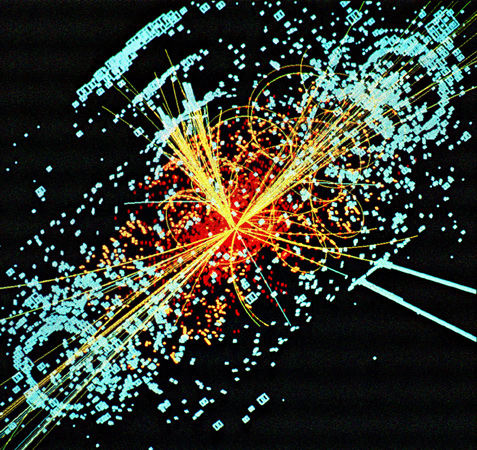
And yet I just wrote last week how this is completely safe. How do we know, given that we’ve never produced energies this large in the lab before?
We have bigger accelerators in space than we have on Earth. In particular, the super-massive black holes at the centers of ultra-massive galaxies can produce the highest energies in the Universe, dwarfing the LHC’s energies by factors of many millions. They create particles — known as cosmic rays — of extraordinarily high energies.
But you can’t create something of an arbitrarily high energy and have it reach Earth! Why not?
Because there’s stuff in the way! If you fired a bullet into a tank of water, the water would slow the bullet down.
Well, when you fire a high-energy particle through the Universe, it doesn’t run into water. It runs into the leftover glow from the big bang, known as the cosmic microwave background.
The amount of energy in a typical photon from the microwave background is miniscule: only around 0.00023 eV.
If you have a particle of high enough energy running into the cosmic microwave background, it will emit a new particle and slow down, similar to the way a bullet emits energy (mostly heat, sound, and pressure waves) and slows down in water.
The lightest particle you can create from a collision like this is a neutral pion, which you need 135 MeV of energy to make. There’s a threshold for this that’s relatively easy to compute. There are three energies we need to think about.
1.) The energy of the photon from the microwave background, ECMB,
2.) The energy of the new particle you’re trying to make, Enew, and
3.) The energy of the the high-energy cosmic ray, Eray.
There’s a relatively simple formula relating these three energies:
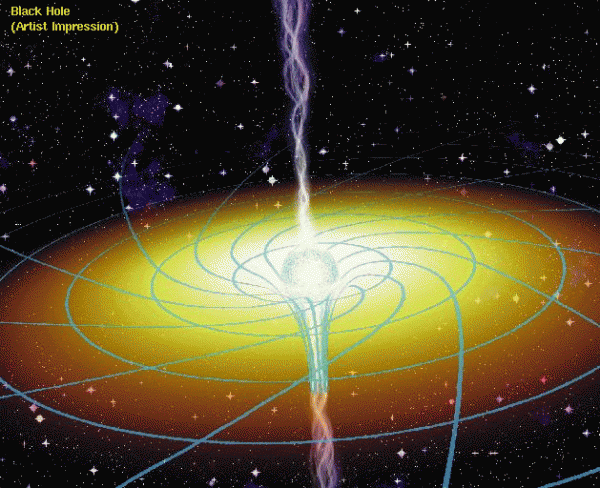
So that’s the highest energy for a particle that will ever reach Earth. When they do hit Earth, instead of running into photons from the microwave background, they run into an atom, meaning they run into either electrons or protons. If we want to know how much energy is available to create new particles, we use the same formula as above, with one exception. Where we hadECMB before, for the energy of a photon from the microwave background, we now have Eproton, the rest-mass energy of a proton, which is about 938 MeV.
So, we do the math. How much energy do we get to make new particles with? About 274 TeV. About 20 times as great as the LHC will ever be able to create. All coming from these: the highest-energy cosmic rays.
These very high-energy cosmic rays come in somewhat infrequently; only a few thousand of them with energies that high hit the Earth each year. But, if we ask how many of them of that incredible energy have hit Earth over our 4.5 billion year history, we get a number that's more than 1015!
So we have more than 1015 events that have had energies far exceeding the LHC's most optimistic predictions, and we're still here and still ok. And that's why, until we beat those energies, I am confident that a particle accelerator will never threaten the safety of the Earth.


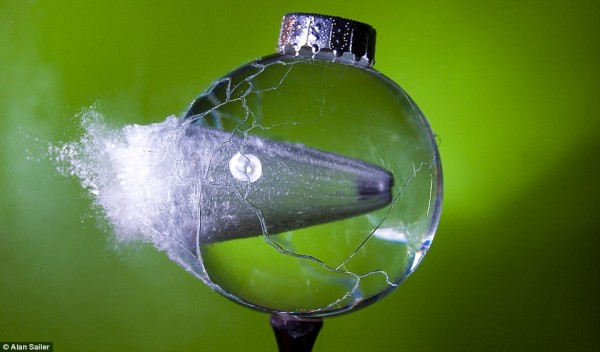
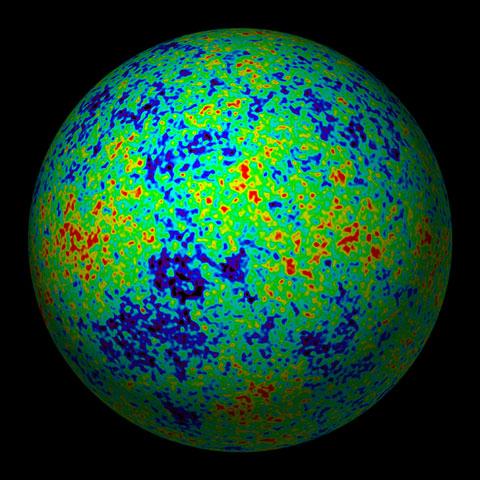


I am still dazed back on:
cosmic ray particles from super-massive black holes in the center of galaxies running into photons from the cosmic microwave background and then slowing down and producing new particles.
Isn't science (especially physics) grand?
First let me say that I am by no means trying to say that the LHC will be dangerous or that it even compares to the energy level of cosmic rays that reach to earth. I really have a question about the energy level of the cosmic rays that reach earth.
Is the background radiation the only thing that is slowing down the cosmic rays? I cannot remember what it is called, but doesn't sun's magnetic field extend out to the edge of the solar system and wouldn't that have an effect on the energy level of cosmic rays? And if so wouldn't this at least somewhat reduce the final energy level of the cosmic rays? Or are the energy levels too high to be effected by a magnetic field?
It seems to me you can raise that number a lot. Not only is the Earth OK, but we can see other, much larger bodies in the solar system (the sun, Jupiter) have not been gobbled up by a mini-black hole or turned into strange matter or whatever. Nor, to the best of our knowledge, have we ever witnessed any main sequence stars undergoing spontaneous transformation like this, despite the fact that some locations (like the jets of active galaxies) must have much higher fluxes of these particles. So yeah, GO LHC!
here's to stuff in the way!
Thanks Ethan, great post as usual - it's good to see the most powerful yet of human built colliders compared with what nature produces.
I've always wondered about cosmic rays and the CCDs on board Hubble - with the much higher flux at Hubble's altitude, don't cosmic rays screw up a lot of pixels in each exposure?
And now for some looney news on the LHC:
http://www.news.com.au/technology/story/0,28348,26229233-5014239,00.html
I still don't understand why scientists feel the need to do experiments that create mass panic. Why is it necessary to cause anxiety to thousands of people? All for the "understanding of the universe"? It doesn't matter! I think there some things that are too dangerous to deal with. If they find the god particle then it'll cause another big bang! I'm so scared by this, and I can't even sleep anymore.
Last night I dreamed that the whole world was terrified by this experiment. I saw a person who was peaceful and I approached him and asked "aren't you worried about the LHC destroying earth?" and he said "no. I think we need to embrace death." which made me even more terrified. The next day at 10:00 AM nothing happened, so I had a momentarily relief. Then I suddenly felt I had no air. When the clock said "10:10", I looked out of my window and I saw the sky suddenly turning blue, and this unnatural blue shadow is approaching us, and I knew we were doomed. I knew my death was unavoidable, and then I woke up.
Please help me.
Maybe in future it might be good to write a post mentioning the ultra-high-energy cosmic rays which exceed the GZK limit. How can they be like that? :)
@Eric H: Magnetic fields will deflect charged particles, but they won't change their energy. The radius of curvature is proportional to the particle's momentum, which in turn is proportional to the square root of the energy. So the Sun's magnetic field will prevent cosmic rays of sufficiently low energies from reaching us (the so-called "anomalous cosmic rays" which are at these energies are produced at the termination shock and are therefore already inside the heliosphere). But the higher the particle energy, the less the magnetic field helps. At the highest energies the radius of curvature is so large that the particles effectively come straight in.
We do see cosmic rays above the "GZK cutoff" (named after the initials of the scientists who first calculated it). These particles are produced close enough to us that they do not have time to interact with the CMB before reaching us. But the fall-off in flux with energy becomes much steeper at that point.
@Eric Lund
Thanks for that explanation. I had just heard something on the radio the other day about new findings in the shape of the heliosphere being not what they expected the shape to be. It was in the back of my mind when I read this post, and I wanted to know more about how it worked.
@Andy(#7):
i think Bill Murray, in Ghost Busters, said it best:
"Back off man. I'm a scientist."
:)
Does this mean you want me to stop commenting?
Andy, take a deep breath. And get help.
To the people that are really scared by the LHC I really suggest to read more about physics. You don't need to become a scientist to understand the basic rules of the Universe and then to understand how interesting and useful those experiments are. Read the history too. You'll discover people that tried to tell that cars were impossible and deadly, that flying was impossible, that reaching the space was impossible and dangerous. Scared people are not useful to humanity, the humanity needs proud and curious people. It's time to go on, to learn more, for us and for our children.
I don't know, scared people can be plenty helpful provided that they are raising the alarm about things that actually need to be worried about. The LHC, as the author explains very well, is not one of those things. But I agree with the above poster: go, read, learn! Don't worry about what you don't have to worry about.
Fear is the mind killer...
Ethan,
Thanks for the explanation, but I find it a bit unsatisfying.
Wouldn't you also have to consider the number of particles collided by the LHC over its lifetime? I would expect that number to exceed 10^14 by many orders of magnitude (easily 10 or more orders of magnitude, I would think).
It seems to me that the probabilistic argument was much more heartwarming in the 80s when black holes were still an uncertain prospect, and the universe was much more calm and orderly due to our inability to see that well. The argument that was advanced in conjunction with the one you make: if particle accelerators destroyed solar systems, then we should be able to see the smoking ruins in telescopes. The problem: now that our vision has improved we see a universe filled with stars in advanced stages of incredibly violent destruction, not all of which can be convincingly explained by standard theory.
Anyone care to hazard a guess as to how many high-energy collisions will occur over the lifetime of the LHC?
The answer: 1.1x10^11 nuclei per "bunch", with 2808 bunches spaced at 25ns intervals, in an experiment. Fortunately, it seems to take a few hours to get the particles up to speed. So lets say , 1,000 experiments over the lifetime of the LHC. Each one of those particles will come to rest by hitting either a particle in an oncoming beam, producing a 7TEV event, or a particle at rest after capture is lost, producing a 3.5 TEV event.
The answer: 3*10^17 high-energy collisions.
Which means that the LHC will produce three thousand times more high-energy collisions than have occured in the history of the solar system.
Maybe it's just me, but in that light, the argument doesn't seem so attractive anymore.
Ed,
Your math and reasoning are flawed, because most of the energy in these collisions are not available for particle creation. First, there are absolutely no astronomical observations that we have that are at all consistent with cosmic rays causing black hole creation and runaway destruction. Second, hitting a fixed target with 3.5 TeV does not give you 3.5 TeV of energy for particle creation, it only gives you 84 GeV, an energy we know we are safe at. Third, since a proton is made up of quarks and gluons, the parts that collide inside (either two quarks, a quark-gluon, or two gluons) will only have a small fraction of the 7 TeV in them; most of the energy is in the rest of the protons.
But fourth off, even with your numbers, I can use our Sun as an example just as well as the Earth. With a radius of about 110 times that of our Earth, the Sun will experience 12,000 times as many cosmic ray events as the Earth. So regardless of whether you're convinced or not, I am.
Ethan,
Thanks for your response. I'm still not sure I follow.
Asking because I'd like to understand the argument...
Specifically with respect to the question of whether the "cosmic rays show that the LHC is safe" argument:
If what you're saying is true about proton collisions with stationary targets, doesn't the same argument hold for cosmic ray collisions? Shouldn't the energy available for particle creation be even lower, given that the kinetic energy of most cosmic rays are below 10^10 eV of kinetic energy to start with?
Even if we compare "energy available for particle creation from LHC collisions (8.4x10^10 eV) with raw kinetic energy of cosmic rays (10^7 to 10^10 eV, for the vast majority, with one possible observation of a monster at 10^20eV), the LHC is operating in a higher range. If we apply the same discounting to cosmic ray collisions, wouln't cosmic rays only have 243keV availabe for particle creation?
Sorry. I re-read the article. never mind. :-/
I thank we sould learn more about black holes and what they can do to the earth. I have a little brother that wonts to go to space and help NASA. He loves the star we went out side and it was dark and he seen a shuting star. from that day he wonts to work at NASA . He i vary smart . nasa is a vary good palce to work .
I was just watching this guy Silas R. Beane:
http://www.sciencechannel.com/tv-shows/through-the-wormhole/is-the-univ…
He is searching for a way to test if we are in a digital matrix by trying to figure out why there is a cosmic ray cutoff.
He says the restricted energy limit could be because of a grid structure and no mention of CMB being the culprit.
He does talk about the GZK cutoff here with regards to the CMB:
http://arxiv.org/pdf/1210.1847v2.pdf
With the dispersion relation of special relativity, the structure of the cosmic ray spectrum
is greatly impacted by the inelastic collisions of nucleons with the cosmic microwave
background (CMB) [50, 51]. Processes such as
CMB + N ! give rise to the predicted
GKZ-cut off scale [50, 51] of 61020 eV in the spectrum of high energy cosmic rays. Recent
experimental observations show a decline in the fluxes starting around this value [52, 53],
indicating that the GKZ-cut off (or some other cut off mechanism) is present in the cosmic
ray flux. For lattice spacings corresponding to an energy scale comparable to the GKZ cut
off, the cosmic ray spectrum will exhibit significant deviations from isotropy, revealing the
cubic structure of the lattice. However, for lattice spacings much smaller than the GKZ
cut off scale, the GKZ mechanism cuts off the spectrum, effectively hiding the underlying
lattice structure. When the lattice rest frame coincides with the CMB rest frame, head-on
interactions between a high energy proton with momentum jpj and a photon of (very-low)
energy ! can proceed through the resonance...